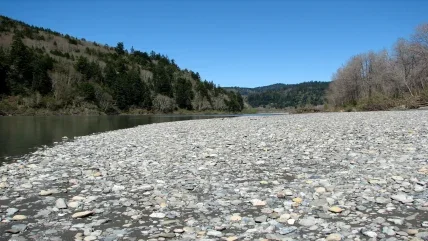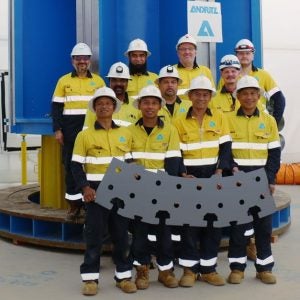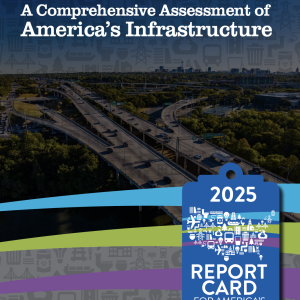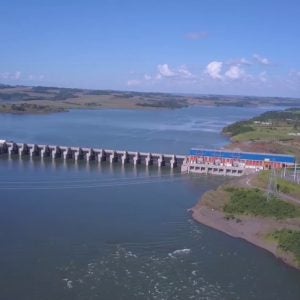
The Klamath River Renewal Corporation (KRRC) has announced that removal of the Copco No. 2 Dam and its diversion infrastructure was successfully completed earlier this month. The completion of this project marks a crucial step in the restoration of the Klamath River canyon, allowing consistent river flows for the first time in nearly a century.
The initial removal of the dam structure was accomplished in September, and over the past month, dedicated crews have focused on dismantling the remaining diversion infrastructure, shaping the river channel, and implementing erosion control measures. These efforts set the stage for the reinstatement of regular river flows, expected to commence within the next 30 days. The canyon has been devoid of such flows for 98 years. Presently, fluctuating flows in the canyon are a result of ongoing work to prepare Copco No. 1 for drawdown.
Mark Bransom, CEO of the Klamath River Renewal Corporation (KRRC), emphasized the significance of Copco No. 2's removal, noting that despite its smaller size and lack of a reservoir, it had a substantial impact on the river. As the first dam to be removed among the four lower Klamath hydroelectric dams, Copco No. 2 played a pivotal role in diverting the river's flows.
Situated just below Copco No. 1 in the steep Ward's Canyon, named after Kitty Ward, a Shasta Woman whose valley was submerged by Copco No. 1's reservoir, Copco No. 2 was constructed in 1925 as a diversion dam. This structure directed the river's flows out of the canyon, feeding them into a tunnel system that transported the water to the downstream Copco No. 2 powerhouse, essentially depleting the 1.7-mile-long canyon of its water. The absence of the river allowed trees to grow in the riverbed, posing a hazard for future recreationists. Collaborative efforts with local tribes in September involved the removal of these trees.
Looking ahead, the removal of Copco No. 1, Iron Gate, and JC Boyle is scheduled for the next year. In January, KRRC will initiate drawdown, a gradual draining of the reservoirs expected to last 3-5 months, contingent on the spring runoff. Following drawdown completion, restoration and deconstruction activities will intensify. All three dams are anticipated to be fully removed by November 2024, with ongoing restoration efforts ensuring the long-term success of the Klamath River's revitalization.

Image by Shane Anderson of Swiftwater Films






